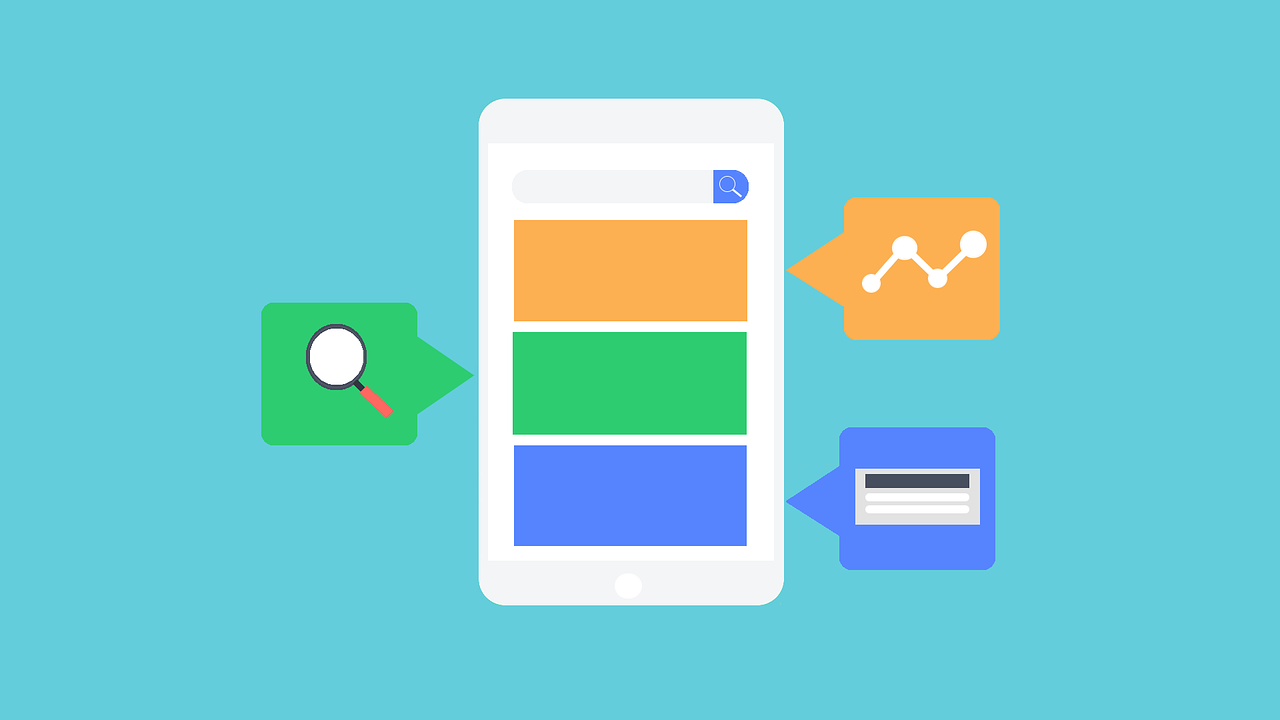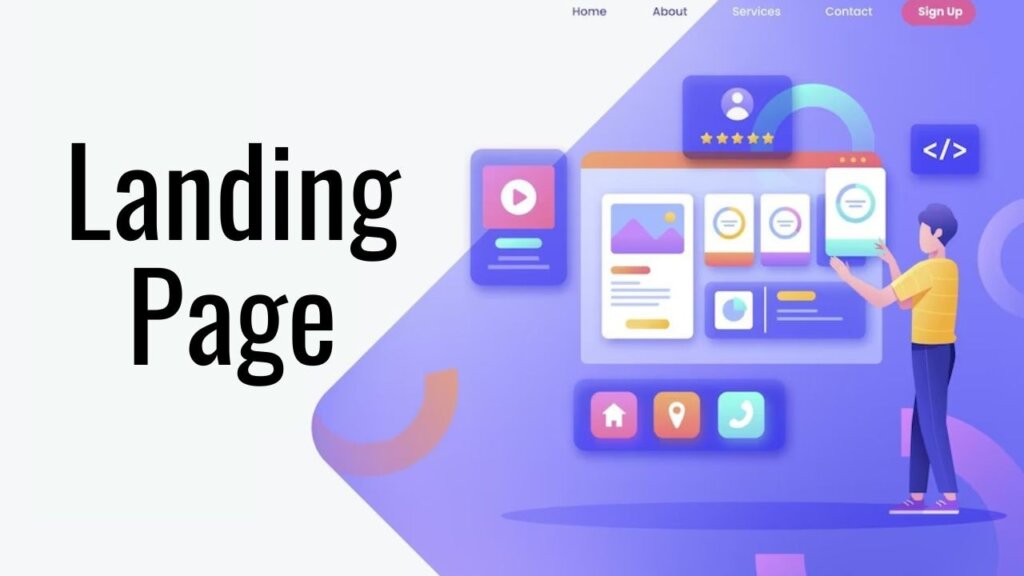In today’s digital age, mobile optimization isn’t just an option; it’s a necessity. With more than half of all internet traffic coming from mobile devices, ensuring your website is mobile-friendly can significantly enhance user experience and boost your search engine rankings.
Understanding Mobile Optimization

What is Mobile Optimization?
Mobile optimization involves designing and adjusting your website so it functions seamlessly on mobile devices like smartphones and tablets. This means everything from the site layout to the content and navigation must be optimized for smaller screens and touch interactions.
Also, Read – How to Use Influencer Marketing to Grow Your Brand
Key Differences Between Mobile and Desktop Optimization
While desktop optimization focuses on larger screens and keyboard/mouse interactions, mobile optimization centers around touchscreens, smaller displays, and varying screen sizes. Mobile users often look for quick, easy-to-navigate content, making speed and simplicity crucial.
Mobile-Friendly Design
Responsive Web Design
A responsive web design automatically adjusts your website’s layout based on the screen size and orientation of the device. This approach ensures a consistent user experience across all devices without needing separate mobile and desktop sites.
Mobile-First Approach
A mobile-first design strategy prioritizes the mobile version of your site during the design and development phases. This approach helps you focus on essential elements and ensures your site works well on mobile devices before scaling up for larger screens.
Importance of Simplicity
Mobile users prefer simple, straightforward designs. Avoid cluttered layouts and focus on essential features and content. A clean, easy-to-navigate site enhances user experience and reduces bounce rates.
Improving Page Load Speed
Why Speed Matters
Page load speed is critical for mobile users, who often access websites on the go. Slow-loading pages can lead to higher bounce rates and lower user satisfaction. Search engines like Google also consider page speed as a ranking factor.
Tools to Test Page Speed
Tools like Google PageSpeed Insights, GTmetrix, and Pingdom can help you test and analyze your website’s load times. These tools provide insights and suggestions for improving speed.
Also, Read – Top Social Media Trends to Watch in 2024
Techniques to Improve Load Times
- Optimize Images: Compress and resize images to reduce load times.
- Minimize Code: Reduce the size of HTML, CSS, and JavaScript files.
- Enable Browser Caching: Store static files in the user’s browser to reduce load times on subsequent visits.
- Use Content Delivery Networks (CDNs): Distribute your content across multiple servers to improve load times.
Using AMP (Accelerated Mobile Pages)

What is AMP?
Accelerated Mobile Pages (AMP) is an open-source framework designed to create fast-loading mobile web pages. AMP pages are lightweight and prioritize speed, making them ideal for mobile users.
Benefits of Using AMP
AMP pages load almost instantly, enhancing user experience and reducing bounce rates. They can also improve your site’s visibility in search engines, as Google often prioritizes AMP pages in mobile search results.
Implementing AMP on Your Website
To implement AMP, you’ll need to create a separate AMP version of your pages using AMP HTML. There are various plugins and tools available to simplify this process, especially if you use a CMS like WordPress.
Mobile-Friendly Content
Short and Concise Text
Mobile users prefer content that is easy to read and digest. Use short paragraphs, bullet points, and concise language to make your content more accessible.
Readable Fonts
Choose fonts that are easy to read on small screens. Avoid overly decorative fonts and ensure your text size is large enough to read without zooming.
Scannable Layouts
Mobile users often skim content rather than reading it thoroughly. Use headings, subheadings, and visual breaks to make your content scannable and easy to navigate.
Optimizing Images and Media
Image Compression
Compressing images can significantly reduce load times without compromising quality. Tools like TinyPNG and ImageOptim can help you compress images efficiently.
Using Appropriate Formats
Choose the right image formats for your content. JPEG is suitable for photos, while PNG is better for graphics with transparent backgrounds. Consider using modern formats like WebP for better compression and quality.
Lazy Loading for Media
Lazy loading delays the loading of images and media until they are needed, which can improve initial page load times and save bandwidth for users.
Simplifying Navigation
Clear and Concise Menus
Ensure your navigation menus are easy to access and use on mobile devices. Keep menu items clear and concise, and avoid overwhelming users with too many options.
Thumb-Friendly Design
Design your website with touch interactions in mind. Ensure buttons and links are large enough to tap easily and placed within easy reach of the thumb.
Utilizing Hamburger Menus
Hamburger menus, those three horizontal lines often seen in mobile apps, can help simplify navigation and save screen space. They provide a clean way to access additional menu items without cluttering the interface.
Enhancing User Experience (UX)
Importance of UX
A positive user experience is crucial for keeping visitors on your site and encouraging them to return. Good UX can lead to higher engagement, lower bounce rates, and better conversions.
Tips for Improving Mobile UX
- Ensure Fast Load Times: Slow pages frustrate users and lead to higher bounce rates.
- Simplify Forms: Keep forms short and easy to fill out on a mobile device.
- Use Visual Cues: Icons and images can help guide users and make navigation more intuitive.
Common UX Mistakes to Avoid
- Overloading Pages with Content: Too much content can overwhelm mobile users.
- Using Small Touch Targets: Make sure buttons and links are large enough to tap easily.
- Ignoring User Feedback: Regularly gather and act on user feedback to improve your site’s UX.
SEO for Mobile

Mobile-First Indexing
Google uses mobile-first indexing, meaning it predominantly uses the mobile version of a site for indexing and ranking. Ensure your mobile site is fully optimized to maintain or improve your search rankings.
Mobile-Specific Keywords
Consider how mobile users search differently than desktop users. They often use shorter queries and voice search. Optimize your content for these types of searches.
Local SEO for Mobile Users
Many mobile searches have local intent. Ensure your site is optimized for local SEO by including your business’s location, contact information, and optimizing for local keywords.
Testing Your Mobile Optimization
Tools for Mobile Testing
Use tools like Google’s Mobile-Friendly Test, BrowserStack, and Responsinator to test how your site performs on various mobile devices.
Importance of User Testing
Conduct user testing to gather feedback on your site’s mobile experience. Real user feedback can highlight issues that automated tools might miss.
Continuous Improvement
Mobile optimization is an ongoing process. Regularly test and update your site to ensure it continues to meet the needs of mobile users.
Security for Mobile Users
Importance of HTTPS
HTTPS is essential for securing data transferred between your site and its users. It also builds trust and is a ranking factor for search engines.
Protecting User Data
Ensure that any data collected from users, such as contact forms or payment details, is securely encrypted and stored.
Ensuring Secure Transactions
If your site involves transactions, use secure payment gateways and follow best practices to protect user information.
Utilizing Mobile Analytics
Tracking Mobile User Behavior
Use analytics tools like Google Analytics to track how mobile users interact with your site. This data can help you understand user behavior and identify areas for improvement.
Analyzing Mobile Traffic
Analyze your mobile traffic to see which pages are most popular and where users drop off. This information can guide your optimization efforts.
Making Data-Driven Decisions
Use the data collected from your analytics to make informed decisions about how to improve your site’s mobile experience.
Future Trends in Mobile Optimization
AI and Mobile Optimization
Artificial intelligence can help personalize user experiences and improve mobile optimization. AI tools can analyze user behavior and provide tailored content and recommendations.
Progressive Web Apps (PWAs)
PWAs combine the best of web and mobile apps. They load quickly, even in poor network conditions, and offer an app-like experience without requiring users to download an app.
Voice Search Optimization
With the rise of voice assistants like Siri and Google Assistant, optimizing for voice search is becoming increasingly important. Focus on natural language queries and long-tail keywords.
Conclusion
Optimizing your website for mobile users is no longer optional—it’s essential. By following the tips and techniques outlined in this article, you can ensure your site offers a fast, user-friendly experience that keeps visitors engaged and coming back for more. Remember, mobile optimization is an ongoing process, so regularly test and update your site to stay ahead of the curve.
FAQs
What are the main benefits of mobile optimization?
Mobile optimization improves user experience, increases engagement, reduces bounce rates, and can boost your search engine rankings.
How often should I test my website for mobile optimization?
Regularly test your website, especially after making significant changes or updates. Aim for at least once a month to ensure ongoing optimization.
Can mobile optimization affect my search engine ranking?
Yes, mobile optimization can significantly impact your search engine ranking, as search engines prioritize mobile-friendly sites in their results.
Is it necessary to have a separate mobile version of my website?
Not necessarily. A responsive design can adjust your site to fit any screen size, making a separate mobile version unnecessary.
What are some common mistakes to avoid in mobile optimization?
Avoid slow load times, cluttered layouts, small touch targets, and ignoring user feedback. Focus on simplicity, speed, and user-friendly design.
